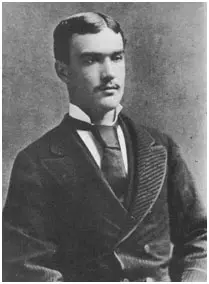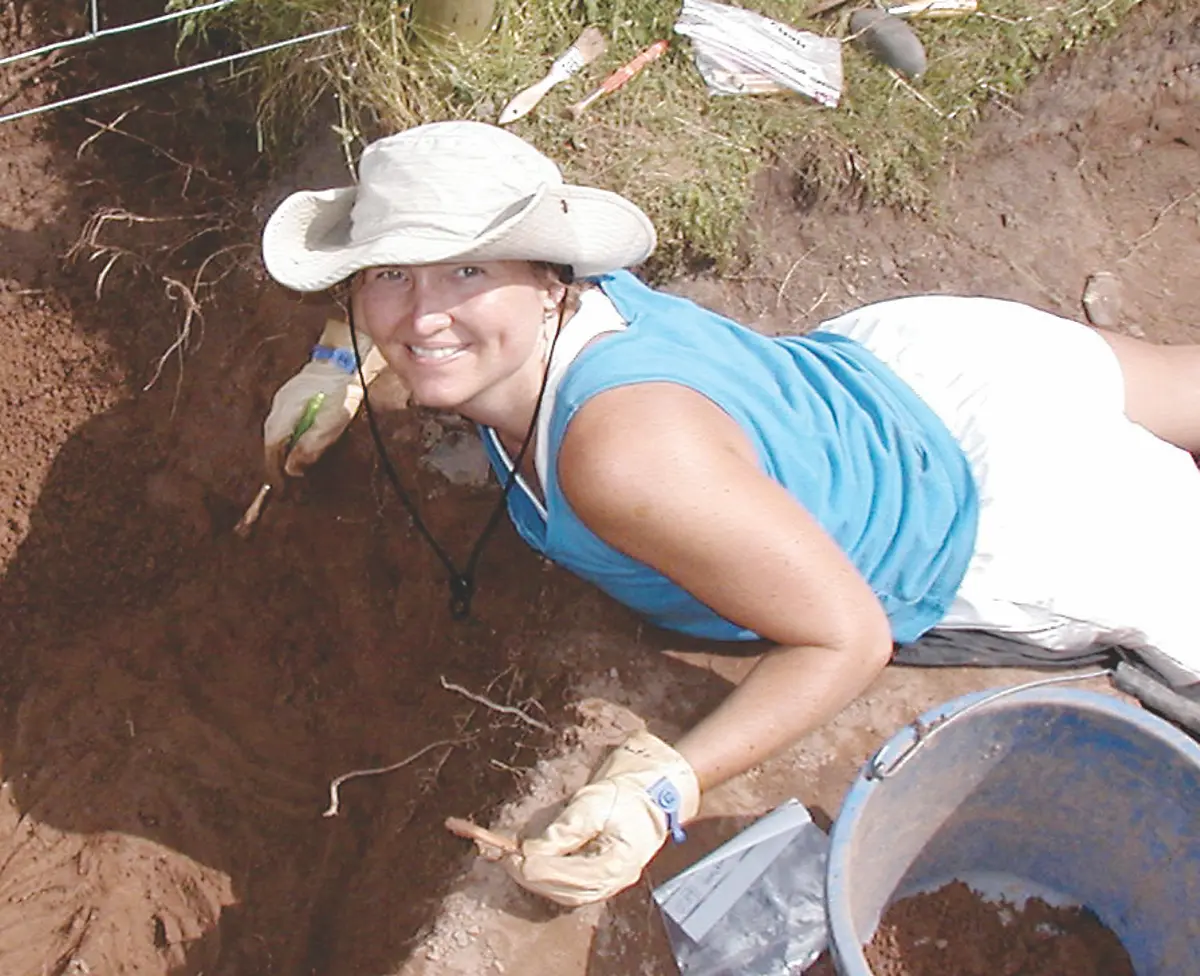The Florida Historical Society (FHS), whose statewide headquarters are in Cocoa Village, is announcing today the establishment of a new department focusing on the intersection of history and archaeology. March is Florida Archaeology Month and just in time for the celebration, FHS is launching the Florida Historical Society Archaeological Institute (FHSAI).
Established in 1856, the Florida Historical Society has been supporting archaeology in the state for more than a century.
FHS was the first state-wide organization dedicated to the preservation of Florida history and prehistory, as stated in their 1905 constitution. It was the first state-wide organization to preserve Native American artifacts such as stone pipes, arrowheads, and pottery, and the first to actively promote and publish archaeological research dating back to the early 1900s.
As archaeology was just beginning to emerge as a discipline in the late 1800s and early 1900s, Clarence B. Moore traveled down the St. Johns River on the steamboat Gopher, stopping to investigate Native American burial mounds and other sites. Like most archaeology enthusiasts of his generation, Moore often did significant damage to the sites he explored, digging with reckless abandon instead of following the methodical procedures used by trained archaeologists today. Moore’s contributions to the study of Florida archaeology are important, though, because he meticulously documented what he found with detailed notes and illustrations.
Clarence B. Moore became a Member of the Florida Historical Society in 1907, and donated his written works to the Library of Florida History.
From the early twentieth century to the present, leading Florida archaeologists have had their work published in the FHS journal, The Florida Historical Quarterly. The Florida Historical Society was instrumental in the creation of the position of State Archaeologist and the establishment of the Florida Anthropological Society (FAS) in the 1940s, and served as host of the Florida Public Archaeology Network (FPAN) East Central Region from 2010 through 2013. Under the direction of FHS, the East Central Region was one of FPAN’s most successful.
Today, FHS is continuing its long tradition of supporting archaeology in the state with the Florida Historical Society Archaeological Institute (FHSAI). The mission statement says that FHSAI “is dedicated to educating the public about Florida archaeology through research, publication, educational outreach, and the promotion of complimentary work by other organizations.”
Dr. Rachel K. Wentz is director of the new Florida Historical Society Archaeological Institute. She is former director of the Florida Public Archaeology Network (FPAN) East Central Region, and author of several books on Florida archaeology, including Chasing Bones: An Archaeologist’s Pursuit of Skeletons and Life and Death at Windover: Excavations of a 7,000-Year-Old Pond Cemetery. Her latest work, Searching Sand and Surf: The Origins of Archaeology in Florida is the first “official” publication of FHSAI, and will be released later this month.
To celebrate Florida Archaeology Month, FHSAI is presenting a series of free public lectures each Friday night in March at 7:00 pm, at the Library of Florida History, 435 Brevard Avenue, Cocoa. March 7, Chuck Meide from the Lighthouse Archaeological Maritime Program (LAMP) in St. Augustine will discuss the excavation of a Florida shipwreck from the American Revolution. March 14, University of Central Florida graduate student Patrisha Meyers will give a presentation on forensic anthropology. March 21, University of South Florida professor Brent Weisman will talk about historical archaeology. March 28, FHSAI director Rachel Wentz will discuss her new book Searching Sand and Surf: The Origins of Archaeology in Florida.
In addition to offering a regular series of public lectures at the Library of Florida History in Cocoa, FHSAI will give frequent presentations at other venues throughout the state, publish books and articles through the FHS Press, and promote archaeology on Florida Frontiers: The Weekly Radio Magazine of the Florida Historical Society.
For more information on the Florida Historical Society Archaeological Institute (FHSAI) contact Dr. Rachel Wentz at 321-690-1971 ext. 222 or rachel.wentz@myfloridahistory.org, and visit the web site at www.fhsai.org.
Dr. Ben Brotemarkle is producer and host of “Florida Frontiers: The Weekly Radio Magazine of the Florida Historical Society.” The show can also be heard online at myfloridahistory.org.


